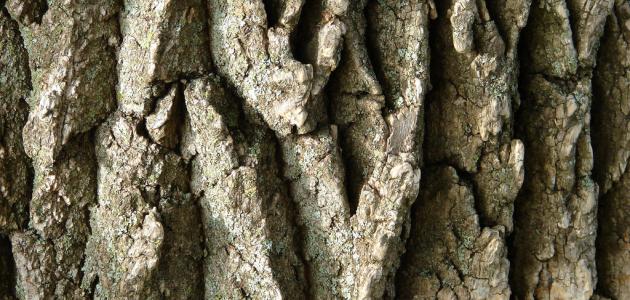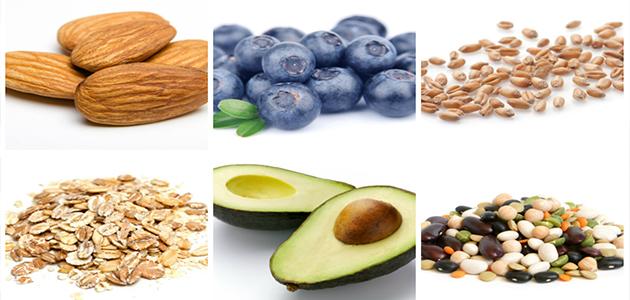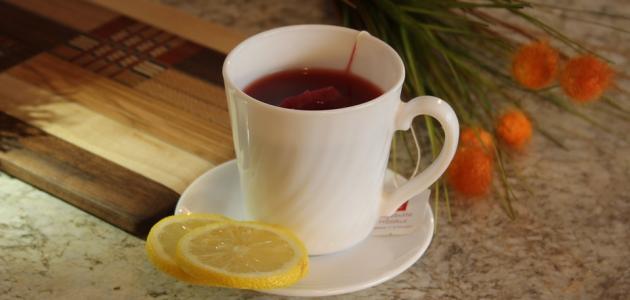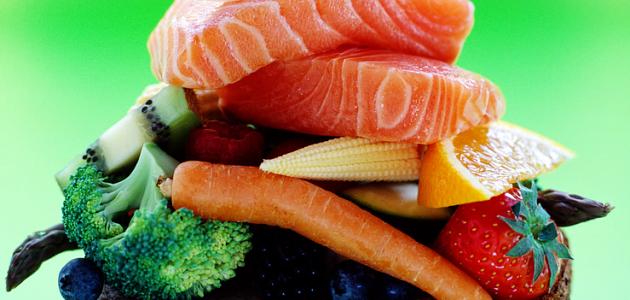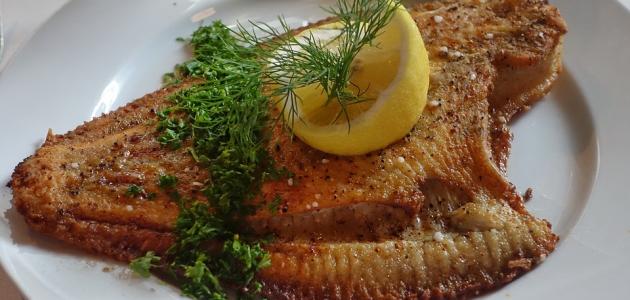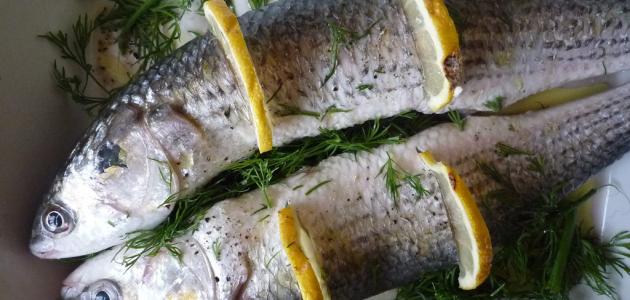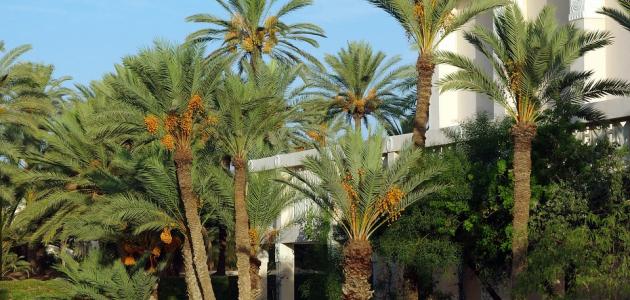Contents
Trowel
Phyllanthus belongs to the Phyllanthus family, and it is one of the plants spread in the American, African, Australian, and Asian continents, and there are about 1000 different types of this plant, and it grows in the form of trees or shrubs Or herbs, and this plant may have some beneficial properties for health, [1] where the benefits of two types of it have long been popular in particular, namely, the common amla (scientific name: Phyllanthus emblica), and a type called Phyllanthus niruri. Food supplements, as well as the stems of its leaves, and its roots, which can be made tea or extracts by boiling in other ways. [2]
Scientific studies on the benefits of triphala
- A study in mice and published in BJU International in 2002 indicated that taking phyllanthus niruri extract of phylloxera may contribute to reducing the risk of kidney stones. The results of the study showed that the mice that were given the extract of this plant had a significantly lower number of kidney stones and a significantly lower growth rate compared to the other groups. [3]
- One study published in the Proceedings of the National Academy of Sciences showed that taking phyllanthus niruri extract may contribute to reducing the risk of infection with hepatitis B , by inhibiting the action of some enzymes that help the inflammatory virus . Hepatitis B helps to reproduce in the body of living things. [4]
- One study in mice, published in the Journal of Ethnopharmacology in 2002, showed that phyllanthus amarus may have anti-tumor activity and reduce the risk of developing it, by reducing the size of cancerous tumors and inhibiting the metabolism of cancer-causing substances. . [5]
- One study published in the International Journal of Medical Sciences in 2013 indicated that extracts of phyllanthus watsonii and Phyllanthus urinaria may possess anti-herpes properties for one of the types of the herpes virus, and the results of the study showed that the extract of the type Phyllanthus urinaria had greater activity against the herpes virus. , Compared to other of the four types studied. [6]
- A study conducted on mice and published in BMC Complementary and Alternative Medicine in 2017 indicated that Phyllanthus niruri extract may contribute to relieving stomach ulcers and reduce inflammation, and the results of the study showed that it contributes to reducing ulcers by regenerating the mucous membrane layer. And reduce the risk of bleeding or ascites. [7]
- A study published in the Journal of Ethnopharmacology in 2012 showed that a phyllanthus amarus extract may help improve insulin resistance by reducing blood sugar levels and insulin resistance in mice with diabetes caused by insulin resistance . [8]
- A study published in Diabetes, Metabolic Syndrome and Obesity in 2013 showed that the extract of the common amla plant may contribute to improving the condition of type 2 diabetics, as the study was conducted on a group of type 2 diabetics in which they took the extract of this plant for a period of 12 weeks, and showed It results in an improvement in the functions of the membrane lining cells, a reduction in oxidative stress, and their inflammation. [9]
- A study conducted on mice and published in the Journal of Ethnopharmacology in 2002 showed that taking phyllanthus niruri extract may contribute to reducing levels of body fat, as the results of the study showed lower levels of low-density lipoprotein or what It is known as bad cholesterol. [10]
- A study published in Pharmacognosy Magazine in 2011 indicated that phyllanthus urinaria and Phyllanthus maderaspatensis extract may contribute to maintaining the health of the liver, by significantly reducing liver damage caused by exposure to chemicals, [11] but on the other hand it may Eating this plant reduces uric acid levels, so it is advised not to take it by patients with Wilson's disease to avoid the risk of liver damage. [2]
- A study conducted on mice and published in Biomedicine & Pharmacotherapy in 2017 showed that eating phyllanthus amarus may contribute to maintaining heart health, as the results of the study indicated that eating this plant reduces the risk of fat accumulation on the heart and contributes to reducing the risk of stress. Oxidative stress. [12]
Damage to trowel
The degree of safety of the trowel
Eating triphala in small quantities and for a short period is usually safe for most people, but there are insufficient studies to determine the degree of safety of triple use for long periods, and pregnant or breastfeeding women are advised to avoid eating it. [13]
Precautions for using triphala
The side effects of taking colic are often mild, and may include stomach upset or diarrhea , and it is advised to avoid taking it by people who suffer from Wilson's disease, because it may reduce uric acid levels and increase the risk of liver damage in these patients. Previously mentioned. [2]
Common questions about triphala
What are the benefits of triphala oil?
Taking Phyllanthus amarus oil of triphala may help fight bacteria, according to a study published in the Research Journal of Phytochemistry in 2009. The results of the study indicated that this plant reduces the growth of 12 types of microorganisms, including yeast. [14]
What are the benefits of trowel for weight
There is no information available about the benefits of triphala for weight.
References
- ↑ Bharti Sarin, Nidhi Verma, Juan Martín And Others (2014), “An Overview of Important Ethnomedicinal Herbs of Phyllanthus Species: Present Status and Future Prospects” , Scientific World Journal , Folder 2014, Page 1-12. Edited.
- ^ A b v Cathy Wong 's (25-4-2020), "The Health Benefits Of Phyllanthus" , Www.verywellhealth.com , Retrieved 6-5-2020. Edited.
- ↑ A Freitas, Nestor Schor And Mirian Boim (2006-6), “The effect of Phyllanthus niruri on urinary inhibitors of calcium oxalate crystallization and other factors associated with renal stone formation” , BJU International , Issue 9, Folder 89, Page 829- 834. Edited.
- ↑ p Venkateswaran, the I Millman And B Blumberg (1987), "Effects Of An extract the From Phyllanthus Niruri On Hepatitis B And Woodchuck Hepatitis Viruses: In Vitro And In Vivo Studies" , of Proceedings Of The the National Academy in Of Sciences , Issue 1, the Folder 84 , Page 274-278. Edited.
- ↑ N Rajeshkumara, K Joya, Girija Kuttana And Others (2002), “Antitumour and anticarcinogenic activity of Phyllanthus amarus extract” , Journal of Ethnopharmacology , Issue 1, Folder 81, Page 17-22. Edited.
- ↑ Wee Tan, Indu Jaganath, Rishya Manikam And Others (2013-2013), “Evaluation of Antiviral Activities of Four Local Malaysian Phyllanthus Species against Herpes Simplex Viruses and Possible Antiviral Target” , International Journal of Medical Sciences , Issue 10, Folder 13, Page 1817--1829. Edited.
- ↑ Ronia Mostofa, Shanta Ahmed, Marium Begum And Others (5-16-2017), “Evaluation of anti-inflammatory and gastric anti-ulcer activity of Phyllanthus niruri L. (Euphorbiaceae) leaves in experimental rats” , BMC Complementary and Alternative Medicine , Issue 1, Folder 17, Page 267. Edited.
- ↑ Adejuwon Adeneye (12-18-2012), “The leaf and seed aqueous extract of Phyllanthus amarus improves insulin resistance diabetes in experimental animal studies” , Journal of Ethnopharmacology , Issue 3, Folder 144, Page 705-711. Edited.
- ↑ Pingali Usharani, Nishat Fatima And Nizampatnam Muralidhar (6-4-2013), “Effects of Phyllanthus emblica extract on endothelial dysfunction and biomarkers of oxidative stress in patients with type 2 diabetes mellitus: a randomized, double-blind, controlled study” , Diabetes, Metabolic Syndrome and Obesity , Folder 6, Page 275-84. Edited.
- ↑ A Khanna, F Rizvi And R Chander (1-9-2002), “Lipid lowering activity of Phyllanthus niruri in hyperlipemic rats” , Journal of Ethnopharmacology , Issue 1, Folder 82, Page 19-22. Edited.
- ↑ Surendra Sharma, Sheela Arogya, Deepak Bhaskarmurthy And Others (25-8-2011), “Hepatoprotective activity of the Phyllanthus species on tert-butyl hydroperoxide (t-BH) -induced cytotoxicity in HepG2 cells” , Pharmacognosy Magazine , Issue 27, Folder 7, Page 229-233. Edited.
- ↑ Mallaiah Putakala, Sudhakara Gujjala, Srinivasulu Nukala And Others (2017), “Cardioprotective effect of Phyllanthus amarus against high fructose diet induced myocardial and aortic stress in rat model” , Biomedicine & Pharmacotherapy , Folder 95, Page 1359-1368. Edited.
- ↑ "Phyllanthus" , www.winchesterhospital.org , Retrieved 5-11-2020. Edited.
- ↑ Modupe Ogunlesi, Wesley Okiei, Elizabeth Osibote And Others (2009), "ANTIMICROBIAL ACTIVITY OF THE ESSENTIAL OIL AND THE FRACTIONAL SAMPLES OBTAINED FROM THE LEAVES AND SEEDS OF PHYLLANTHUS AMARUS (EUPHORBI Issue 4, Research Journal of Pholder 3)" , Research Journal of 3 , Page 77-84. Edited.




